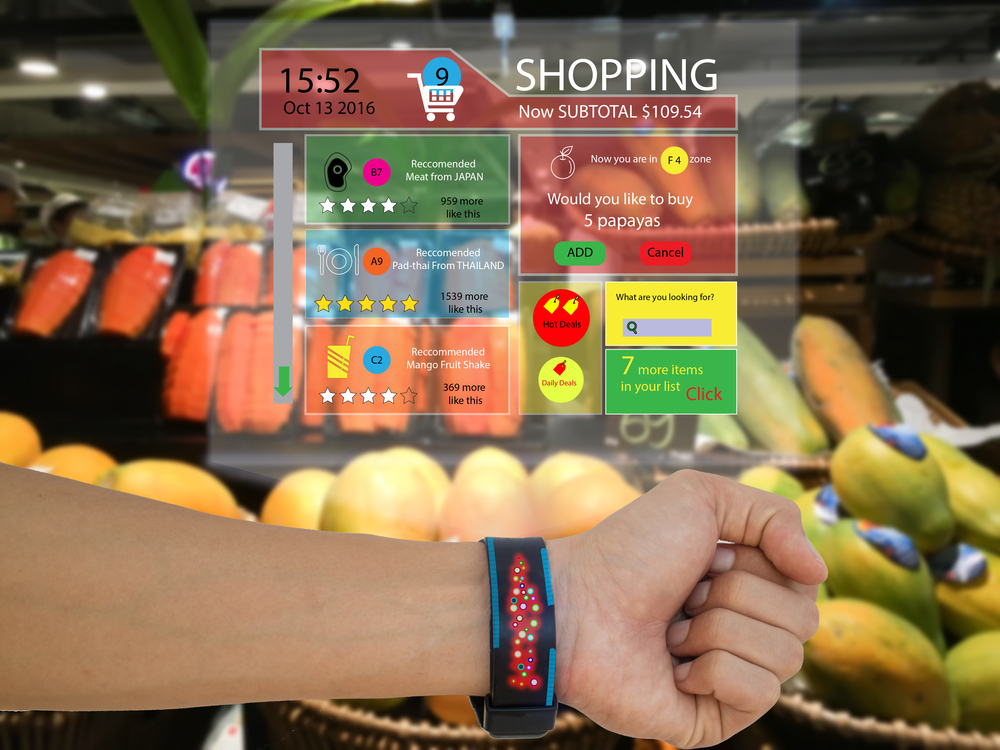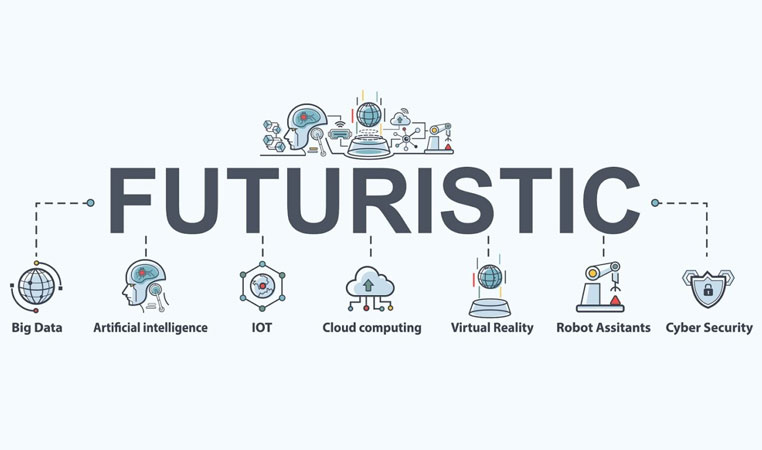IoT is booming. At last count, 21 billion connected things transmit 800 zettabytes of data. Enterprises leverage IoT today to drive process efficiency, transform business models, and unlock possibilities.
The rollout of 5G in many parts of the world gives a fillip to IoT deployments. The high speed, low latency, and ubiquitous coverage of 5G networks are tailor-made for IoT.
The Top Sectors Using IoT Today
One of the most popular applications of IoT in 2020 is to power smart homes. The other top applications of IoT are in healthcare, agriculture, manufacturing, and retail. IoT also finds widespread use to track people.
Smart Homes and Consumer Devices
The IoT enabled smart home market will reach US$ 92,744 million in 2020 and have a CAGR of 16.1% through 2025.
The increasing maturity of voice-recognition algorithms makes smart homes more affordable and commonplace. Consumer devices such as smart speakers, watches, and door locks are now ubiquitous.
Self-learning thermostats adjust temperatures by itself. It learns from the temperatures set by the users. IoT enabled smart speakers, lights, and security systems increase convenience. In COVID19 times, it helps users avoid touching risky doorknobs, light switches, and other surfaces.
Healthcare
Healthcare establishments use IoT to control medical devices and track the vitals of patients. Gartner estimates IoT spend by healthcare providers will touch $52 billion in 2028 with a CAGR of 12%.
IoT-enabled wearables track symptoms of disease or illness, and auto-transmit updates to physicians. The most popular devices include Bluetooth-enabled weight scales, blood pressure cuffs, and CGMs. Wearables such as Apple Watch and Fitbit. The trend is towards setting up and leveraging a network of IoT sensors rather than rely on individual IoT things.
IoT is popularising “BYOD” or “bring your own data.” Data from health sensors populate electronic health records. It reduces the role of healthcare workers and minimises the time patients spent at hospitals. Moving routine medical checks from the clinic to the home reduces the cost of care.
In hospital facility management, IoT chips track medications, chemicals, and equipment. The use of IoT for hygiene management has increased in the wake of COVID19. Examples include:
- Deploying sensors to track the level of washroom dispensers
- Maintaining premises temperature and humidity.
Kinsa’s connected thermometer exemplifies the value of IoT in public health. The company aggregates data from this medical device to flag COVID-19 outbreaks.
Agriculture
Agricultural IoT simplifies agronomic practices and empowers farmers with new capabilities. The global Agriculture IoT Market size grows at a CAGR of 14.7% and will touch USD 48,714 Million by 2025.
Sensors embedded in the soil measure soil quality, map variations in temperature, and track moisture. The data enables the optimal use of water and fertilisers.
Sensors attached to livestock, vehicles, and barns aid precision farming. The data enables quick, intelligent decisions related to irrigation and livestock management. IoT enabled weather stations adjust the climate conditions in smart greenhouses.
Drone photography makes plant counts and surface analysis easy.
Eliminating human intervention increases accuracy and reduces costs in a big way.
Retail and Logistics

The global IoT market in retail will grow from $14.5 billion in 2020 to $35.5 in 2025.
The thrust area of IoT in retail is supply chain efficiency. Supply chain managers deploy sensors in trucks, and warehouses to get live information. The Increased adoption of IoT solutions generates more data. Analysis of real-time enables better, informed decisions.
Manufacturing
IoT in Manufacturing will have a market value of $994 billion by 2023, with a CAGR of 13.1%. Most industrial plants now deploy IoT enabled HVAC controllers, robots, engine sensors, air quality monitors, and surveillance cameras.
The focal area of growth is preventive maintenance. Sensors attached to the machinery emit signals when the fuel is low, or when it performs outside the set range. Such an early warning system enables timely repair or maintenance.
Digital twins, or creating digital copies of physical objects are becoming popular in Industrial IoT. For instance, virtual copies of manufacturing equipment enable the simulation to determine outcomes.
The advantages include pre-empting costly shutdowns, resource optimisation, reduced operating costs, and improved safety.
Smart Cities
Cities across the world leverage IoT to become smart. Streetlights with sensors dim when traffic is not there, to save energy. Parking lots with sensors identify vacant slots and minimise traffic jams. Waste management systems identify filled-up garbage containers, optimising routes for garbage trucks.
Tracking people
The COVID19 pandemic makes IoT-enabled tracking popular. Several governments deployed IoT enabled apps to track movements and create geofences. In Hong Kong arriving passengers had wrist-bands with a unique QR to track their movements.
IoT powered drones monitored compliance of stay-at-home orders in Spain and China. Drones disinfected several COVID hotspots and flew in supplies to containment zones.
Security Vulnerabilities
IoT increases the vulnerability of the network.
IoT enabled devices increase and spread out the endpoints of the network. The expanded network edge increases the vulnerability of the network and opens new attack vectors. For instance, a hacker who manages to breach a wearable could use the device as an entry point to the hospital network, and steal medical records.
The Mirai botnet attack of 2016 illustrated the state of the vulnerabilities that exist on the IoT network. Mirai scanned vast swathes of the Internet for open Telnet ports and attempted a set of 61 default username and passwords. It amassed a botnet army that orchestrated a major DDoS attack. The attack left much of the eastern USA cut off from the Internet, and took down websites such as Amazon, Netflix, and Twitter.
Securing networks with IoT enabled devices is challenging compared to securing conventional networks. CIOs invest in:
- Robust endpoint monitoring solutions.
- Monitor DNS queries. Most IoT devices send limited DNS queries. A Nest thermostat, for example, transfers data to Nest and Google. If the DNS server notices the thermostat talking to another domain name, it indicates compromise.
- A scalable IoT data architecture. Sound architecture makes it easier to control the network, and identify threats in real-time.
- Developing frameworks to procure the right devices from the right vendor. Many IoT manufacturers rush to push simple, plug and play affordable products. Many of these devices do not have even the basic security options such as the ability to set unique passwords or firmware updates.
- Invest in devices with IoT friendly OS. For instance, Snappy Ubuntu Core caters to the limited processing and memory capabilities of IoT devices. The distribution reduces the core components and offers modular add-on. Developers may push updates through custom-configured apps.
- New security tools, designed for the IoT ecosystem. Cloud flare’s new Orbit service creates a secure, authenticated connection between the IoT device and the origin server, to deploy “virtual patches.”
- Many experts experiment with blockchain to achieve higher security in the IoT.
Vodafone estimates one out of every three enterprises use IoT solutions to optimise processes, reduce operating costs, improve data collection, and enhance revenue streams. Leveraging the benefits of IoT however, requires a proactive approach to tackle the challenges.












